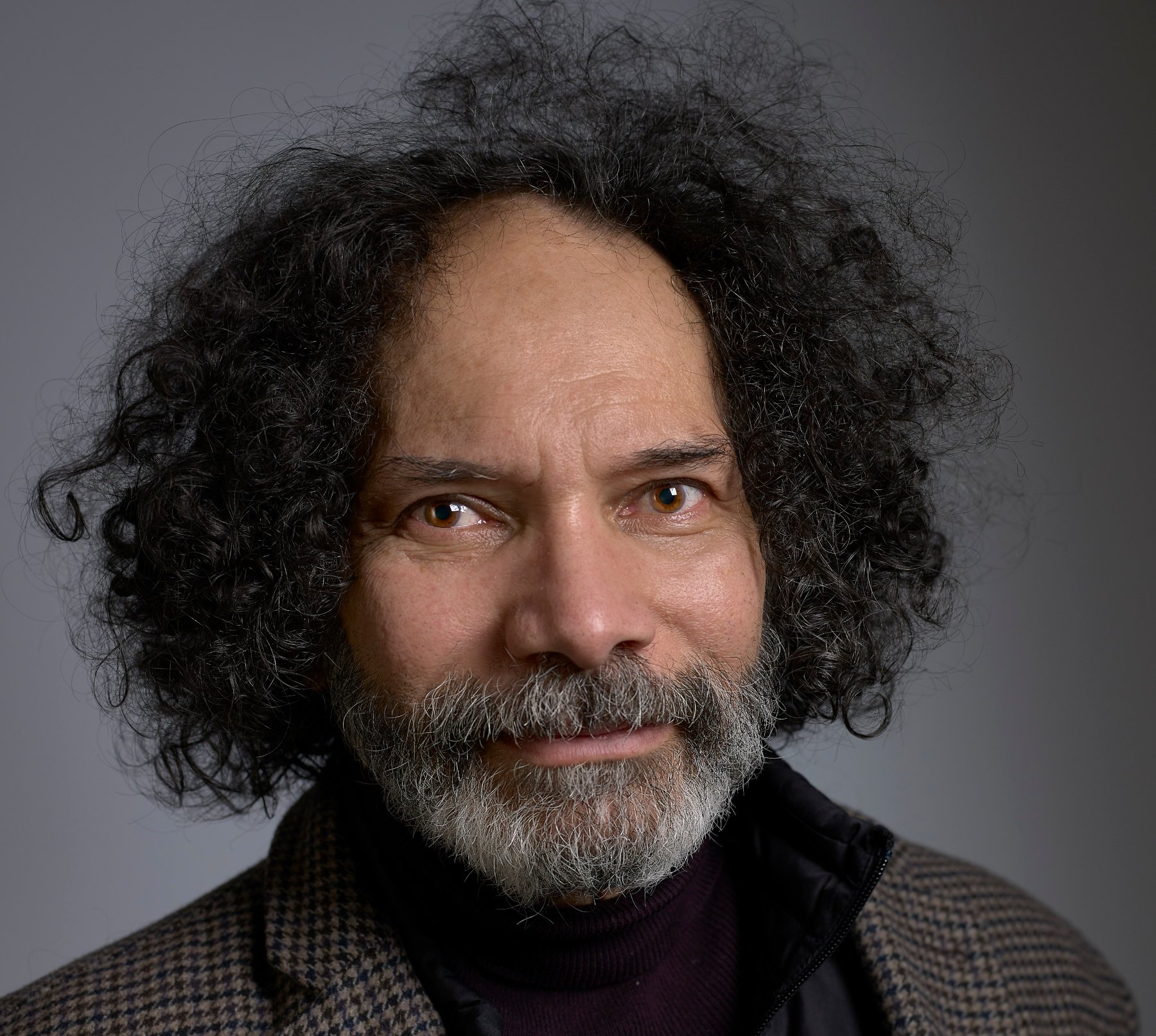
The British Museum has announced a major new collaboration with Guyanese-British artist Hew Locke. The institution has commissioned new works by the artist that will respond directly to items from its collection that have close ties to British colonial rule. These will be presented to the public in a special exhibition expected to open in October.
For Locke, who will be co-curating the show, the chance to rifle through the museum’s mammoth holdings has a personal significance. Born in Scotland in 1959, he began visiting the British Museum as a student during the 1980s, having recently returned to the U.K. from Guyana. He would often go to see the ethnography collection at what was then known as the Museum of Mankind, housed in a separate building in London’s Mayfair between 1970 and 1997.
“This project has enabled me to engage with [the collections] in a much deeper way than ever before, and in a way few artists have had the privilege of doing,” he said in a statement. “I have always been interested in the way objects are interpreted through display in museums. What story has been chosen and is being told or implied about the past? How does it relate to the present? How can this telling be questioned, disrupted, or complicated? These are the questions I am tackling through this project.”
Hew Locke’s Armada (2017–19) on currently view in “Entangled Pasts, 1768–now. Art, Colonialism and Change” at the Royal Academy of Arts, London. Photo: © Royal Academy of Arts, London / David Parry. © Hew Locke. All Rights Reserved, DACS 2024.
In preparation for the show, Locke has been revisiting the museum with his partner, the curator Indra Khanna. This time, he was also granted special access to the many treasures kept in storage. Objects that relate to Britain’s historical activity in Africa, the Caribbean, and India will be presented to audiences in a new light, sometimes guided by Locke’s personal interpretations.
“I want to bring people beautiful objects with awkward histories, and smaller objects easy to walk by, that are just as compelling when you stop and look,” he said. “There is a fascinating story hidden in plain sight, here and in many other museums across the country.”
Several museums in the U.K. are using contemporary art to recontextualize their collections and highlight previously ignored histories. Locke’s Armada (2017-19), a suspended fleet of ships hailing from different periods of history from the Mayflower to HMT Empire Windrush, is currently the standout work at the Royal Academy’s “Entangled Pasts: Art, Colonialism and Change” exhibition on view until April 28. Other artists featured include Kerry James Marshall, Frank Bowling, Kara Walker, Betye Saar, and Yinka Shonibare.
In late 2022, the Met museum in New York unveiled two golden trophies produced by Hew Locke for the museum’s third annual Facade Commission. These works explored the trophy-hunting acquisition strategy of many of the world’s best known museum.
Earlier that year, he debuted The Procession at Tate Britain. The procession of figures in colorful costume prompted visitors to “reflect on the cycles of history, and the ebb and flow of cultures, people and finance and power.”
The British Museum has collaborated with artists before to reconsider and recontextualize objects in its collections, most notably with Grayson Perry on The Tomb of the Unknown Craftsman in 2011, and Eduardo Paolozzi on Lost Magic Kingdoms in 1985. The exhibition curated by Locke is expected to run October 17 through February 9, 2025.